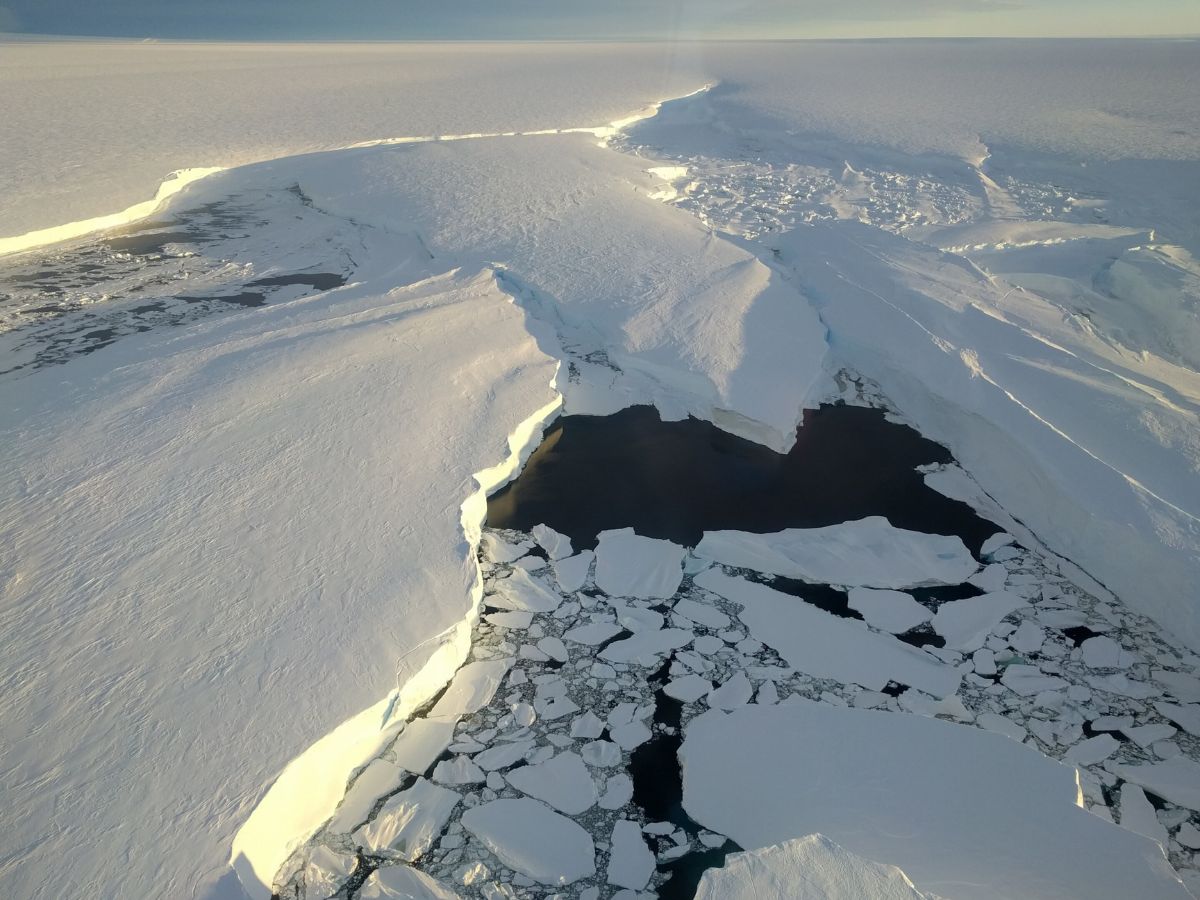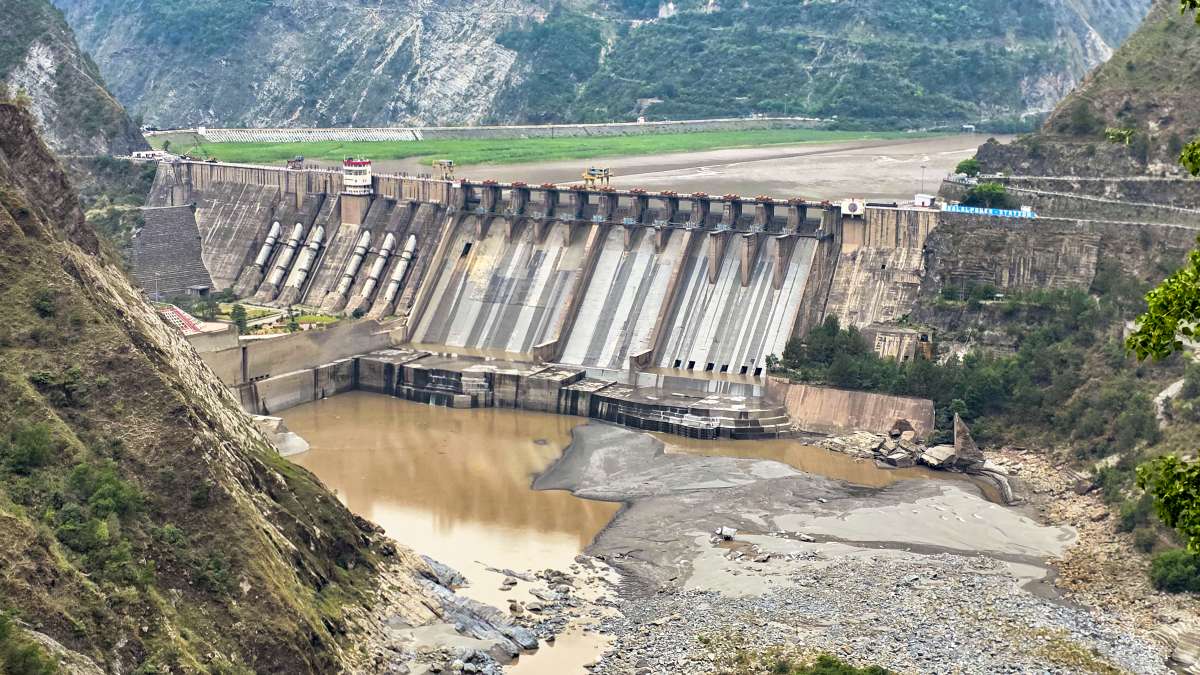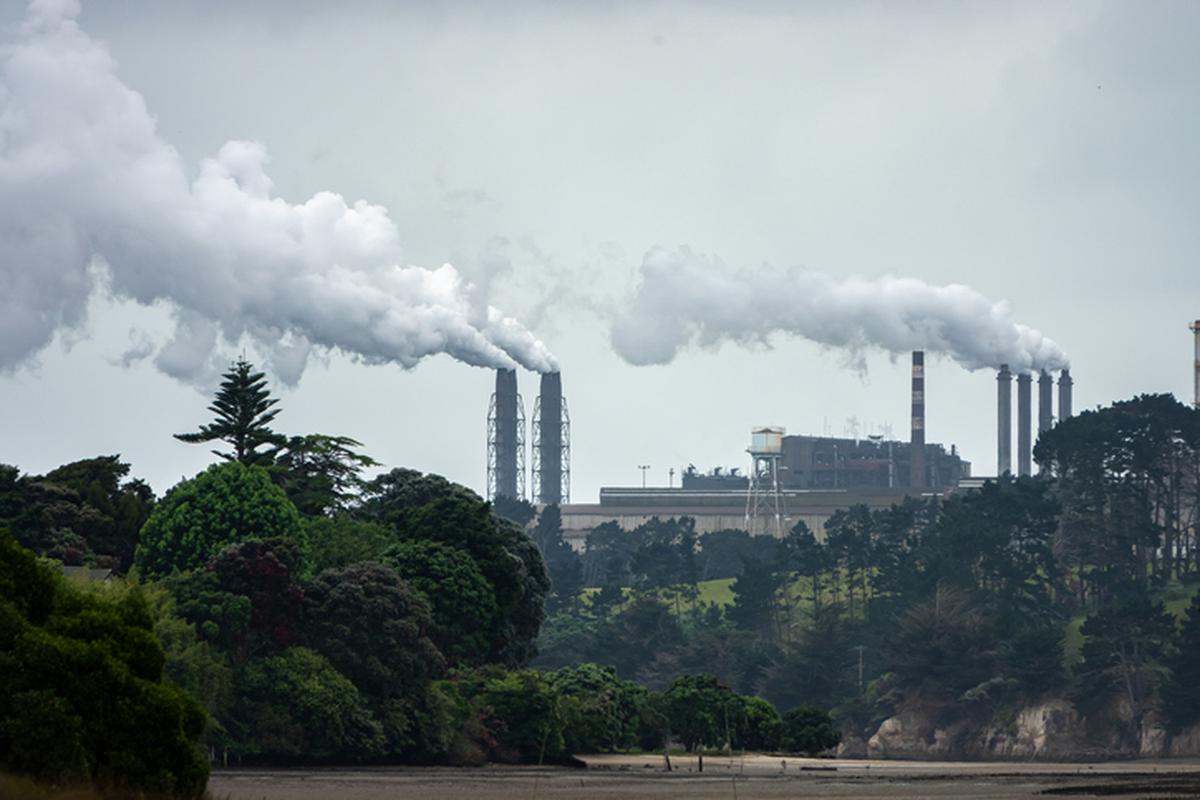Antarctica’s Hidden Waters: Scientists Discover 85 New Lakes from Space
- bykrish rathore
- 23 September, 2025

A team of international scientists has uncovered 85 previously unknown lakes beneath Antarctica’s ice sheets, using satellite imagery and remote sensing techniques. This discovery sheds new light on the hidden hydrological systems of the continent and provides critical data for understanding how Antarctic ice behaves under a changing climate.
The newly detected lakes are primarily located beneath the East Antarctic Ice Sheet, once considered a relatively dry region. These hidden waters range in size from small ponds to lakes spanning several kilometers, and they remain trapped under kilometers of ice. The presence of liquid water beneath the ice affects ice sheet dynamics, potentially influencing glacial movement and stability.
Scientific significance
Ice flow models: Mapping subglacial lakes helps scientists refine models predicting ice flow and potential contributions to sea-level rise.
Climate implications: Understanding subglacial hydrology is essential for anticipating how the Antarctic ice sheet will respond to global warming.
Extreme ecosystems: Some of these lakes may host unique microbial life, surviving in total darkness under extreme pressure, offering clues about life in extreme environments.
The discovery was made possible using satellite-based radar and altimetry, which can detect subtle changes in ice surface elevation caused by the movement of water beneath. Previous surveys underestimated the number of subglacial lakes due to limitations in technology and the remoteness of these areas. With modern imaging, scientists can now map these features with unprecedented accuracy.
Experts note that these lakes are not static. They can fill and drain over time, influencing ice sheet stability. The movement of water under the ice may lubricate the base, allowing ice to flow more rapidly toward the ocean—a factor crucial for predicting future sea-level changes.
Beyond their contribution to climate science, the lakes also present opportunities to study life in extreme conditions. Microbial organisms adapted to the cold, high-pressure, and nutrient-poor environment could reveal insights into the limits of life on Earth—and possibly other planets.
This research emphasizes how satellite technology and remote sensing continue to revolutionize our understanding of Earth’s most remote regions. By uncovering hidden lakes, scientists can gain a better grasp of the Antarctic ice sheet’s complexity and prepare more accurate predictions of its response to climate change.
In conclusion, the identification of 85 new lakes beneath Antarctica’s ice is a major scientific breakthrough. It enhances our understanding of subglacial hydrology, ice sheet dynamics, and potential microbial ecosystems. These findings not only expand knowledge of one of Earth’s final frontiers but also provide critical information for assessing future global sea-level rise and the planet’s climate system.
Note: Content and images are for informational use only. For any concerns, contact us at info@rajasthaninews.com.
"इको-फ्रेंडली इनोवेश...
Related Post
Hot Categories
Recent News
Daily Newsletter
Get all the top stories from Blogs to keep track.




_1760415461.png)






